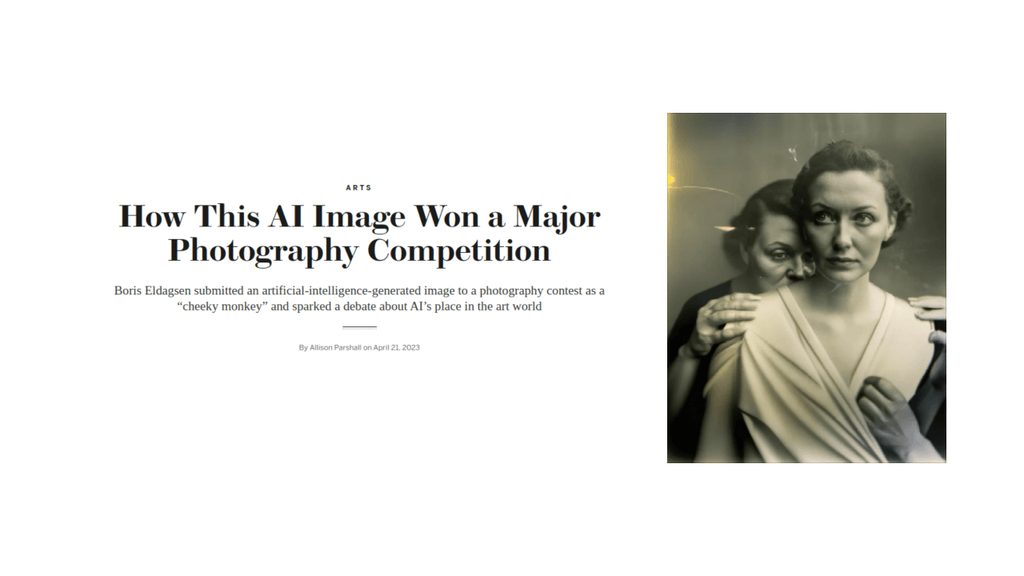Artificial Intelligence, Blog, Data science
Artificial Intelligence explained – Part 2: Application
27 Jul 23
We address the following questions in our new blog-series “Understanding Artificial Intelligence”: What is artificial intelligence (AI)? What is behind ChatGPT? Where do we find AI in our everyday lives? What are the most cutting-edge applications? And what does the “AI revolution” mean for us as a society?
In three parts, we provide an overview of the technical basics (→ Part 1: Technology), highlight concrete use cases (→ Part 2: Application), and discuss societal implications of AI (→ Part 3: Society).
This is part 2 of the three-part series. Did you miss the first part? Read it here on our blog.
AI: a new era
Let’s find out how AI is revolutionizing our everyday lives! From personal assistance to creative support – when innovation meets AI, the possibilities are almost limitless. While we highlighted the basic technology behind AI in the first part of the blog mini-series, in this part we will turn our attention to the application areas. We divide this area into three levels on our innovation scale: Daily life, Business, Cutting-Edge (see figure 1). Discover the diverse possibilities AI offers us to enrich our lives, overcome challenges and explore new horizons.

Everyday is AI-day
In everyday life, we use AI much more often than we might think (and I don’t mean ChatGPT). Do you unlock your smartphone using Face ID? Or do you use a text or even voice assistant when composing messages? Behind each of these applications is an AI. While one AI has learned to distinguish your face from others, the other has specialized in your choice of words and writing style. This way, the latter can predict the next word of your message, similar to transformer models (Part 1 of the blog-series). But AI is also being used in social media, as well as on video and music platforms. There, the algorithms learn which content you are particularly interested in based on past interactions and prioritize these for future suggestions.
Many Roads Lead to a Business-Case: Model Selection, Transfer Learning, Fine-Tuning
Training a new model for a business-case is both inefficient and costly. It involves data collection, data cleaning, and the allocation of computational resources. Fortunately, pre-trained models are available online. These models can be downloaded as Open Source and integrated into an application. Especially for large models, interfaces (so called APIs) are often available as well. Here, one sends a request to the API – for example, the text written so far – and then receives a response. In the text example, this would be a suggestion for the next word or sentence.
In addition, the possibilities of “Transfer Learning” and “Fine-Tuning” are available. In Transfer Learning, a pre-trained model is used for a different purpose. For example, a model that has been trained to recognize dogs in images can also be used to identify cats in images. Since the application purpose is similar, it is efficient to use such a pre-trained model. Fine-Tuning also uses an existing model, but this is further trained with application-specific information (see figure 2). This way, targeted model modifications are achieved that lead to the desired results.

An illustrative example of a Transfer Learning application is ImmoEye from WüestPartner (see Figure 3), which we have already covered once in our blog (german version). The application is used for on-site real estate appraisals. ImmoEye is able to automatically extract information from real estate images and use this information to determine the according room category. The model distinguishes between eleven categories, including kitchen, bathroom and garage. The application is based on a feature learning neural network (see Part 1, Para: More Complex AI) in combination with a classification algorithm. Experience ImmoEye in action and test it: https://immoeye.dataview.ch/.

Artificial intelligence: The Sky is the limit
Innovative cutting-edge applications represent extremely powerful models and AI-based tools that are revolutionizing entire business areas. An impressive example of this is Microsoft Copilot. With Copilot, Microsoft has developed an AI wizard that is applicable throughout the whole Windows environment. This assistant tool not only supports the creation of PowerPoint presentations, but can even compose complete documents based on short instructions.
Another advanced area is AI art, which includes the generation of artwork such as images, music and videos. In particular, “Midjourney” has established itself as a leading program for image generation. In this context, the distinction between AI-generated and human-created images is becoming increasingly difficult, as the generated works can have remarkable quality and depth. Convincing evidence of this is the fact that AI-generated images have even won photography competitions in recent times (see figure 4).

AI has already revolutionized various aspects of daily life and stills holds enormous potential for the future. In the third part of our blog-series, we take up this AI revolution and look at the social implications of AI systems and their applications: What opportunities do they offer? Where do risks lie? And will AI wipe out humanity? Stay tuned to the series to find out!
share